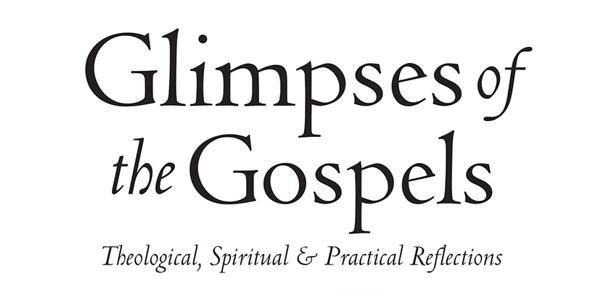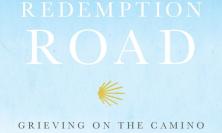For centuries scholars tried to put the four gospels together to create a single biography of Jesus, ironing out differences and imaginatively filling in gaps – what was he doing between being lost in the Temple at the age of twelve and beginning his public ministry perhaps two decades later? More recently it has been realised that there is a value in having four different perspectives from which to view Jesus’s life, and that the differences in the four accounts have at least as much to tell us as the similarities and overlaps. In his new book, Glimpses of the Gospels, Fr Jack Mahoney SJ looks at how each of the evangelists chose to knit together materials from the traditions available to him, and how the resulting ‘patchworks’ (to use an image favoured by the author) can cast new light on contemporary Christian questions.
One of the keys for understanding the gospels is, in Mahoney’s view, the realisation that they were composed for different communities of Christians spread across the Mediterranean world of the first century, and that each of these communities had its own particular concerns and interests. Learning what we can about the communities can be a real aid to understanding more fully the texts as we have them. He also situates them, though, in the later life of the Church through the centuries. The Catholic and Reformed traditions, for example, use two rather different versions of the Ten Commandments, a significant fact if these are seen as one of the foundations of Christian moral teaching. And the particular way that the Church uses the gospel of Luke during the season of Lent can lead to a deeper understanding of the relevance of Luke’s own choices and emphases for a contemporary disciple. Although Mahoney refers to all four of the gospels in the course of his work, he considers the Gospel of Luke to be ‘probably the most accessible to modern readers’, and a reader is likely to be left with the impression that it is his own personal favourite.
Glimpses of the Gospels is itself made up of a collection of short pieces, many of which were originally published in the pages of this Jesuit online journal, Thinking Faith. This makes it an easy resource to dip into, whether you are interested in a particular issue or want to explore an individual gospel more thoroughly. The writing is accessible, avoiding too much technical jargon, without over-simplifying. It will thus serve as a useful introduction to some of the approaches modern scholarship has taken to the gospel writings. Those who have already done more background reading, and those called to preach the gospel, will find in these pages insights couched in fresh language that may well spark further reflection and prayer.






